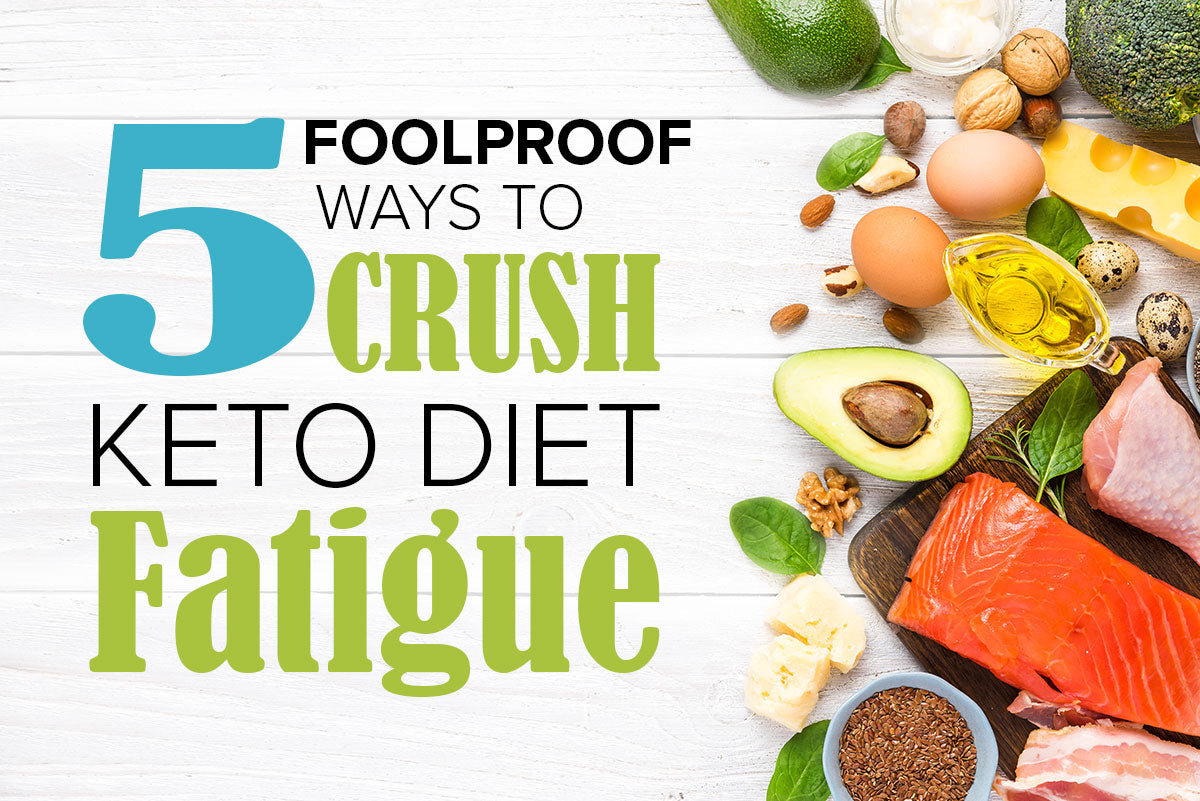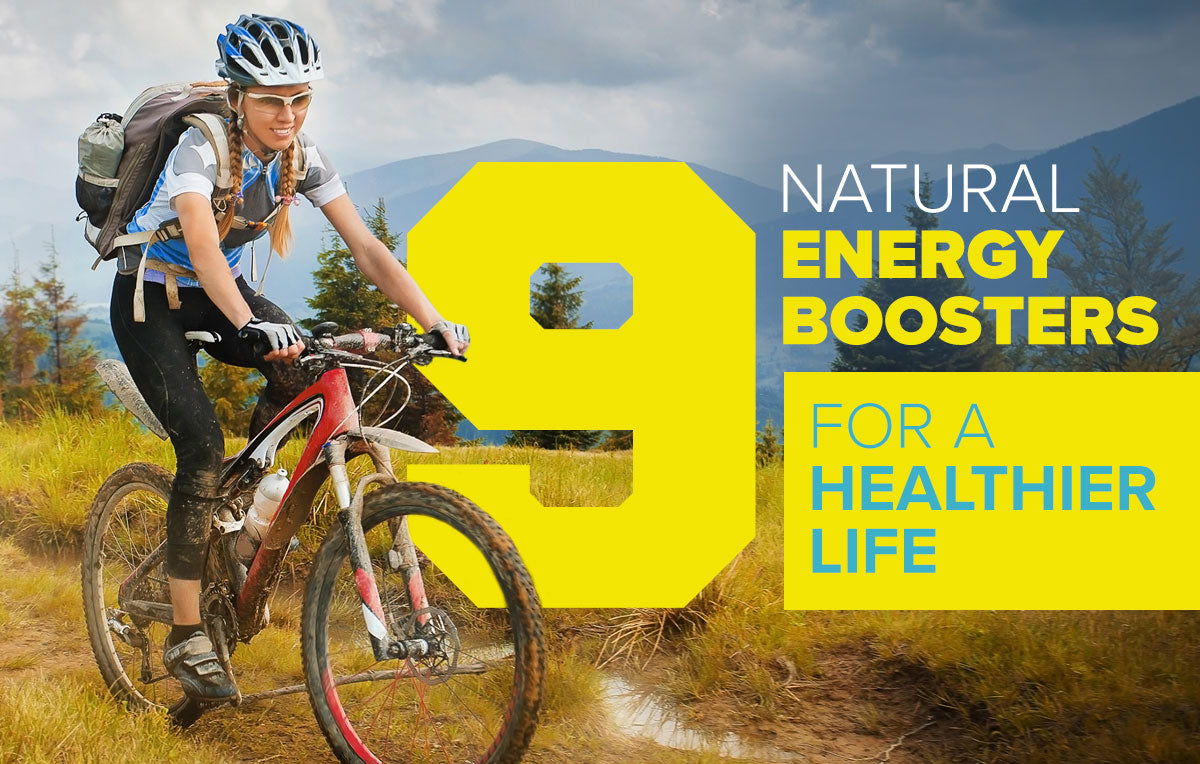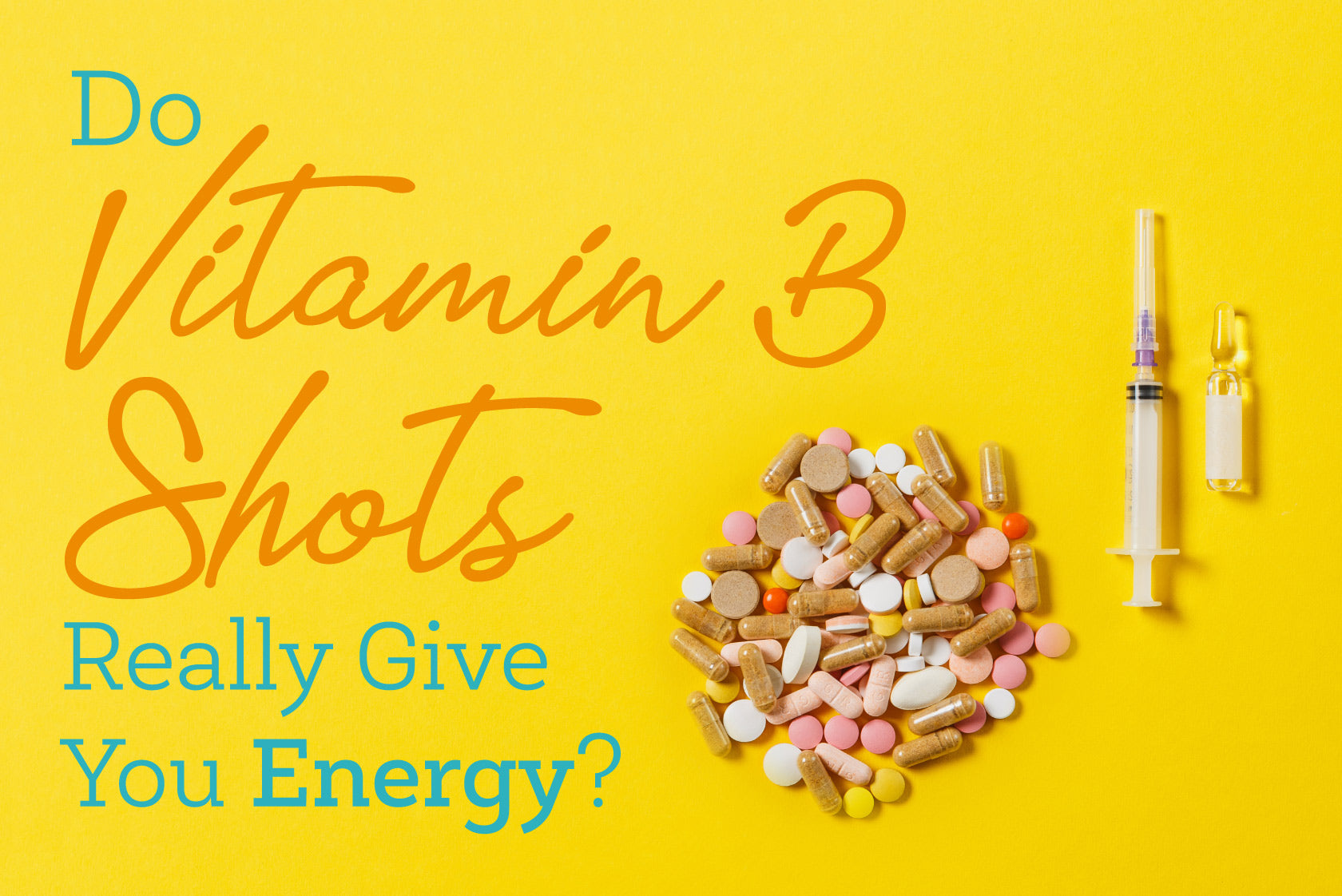While everyone on social media is talking about how awesome and energized they feel on the keto diet, it can be hard to be the one suffering through keto diet fatigue, one of the main symptoms of keto flu.
Keto flu – which also includes side effects like moodiness, weakness and headaches – occurs as the body adjusts to the not-so-easy task of burning fat for energy instead of carbs.
But before you ditch your diet and race straight for the bread aisle, know that keto flu is temporary and usually lasts 3 days to 2 weeks. Even better news? You don’t have to wait it out! Just follow these 5 foolproof ways to crush keto diet fatigue, and you’ll be back on your A-game in no time.


How to Fight Keto Fatigue … And Win
1. Be Finicky About Fats
Bacon, brats and burgers, oh my! Many people go hog wild on the keto diet thinking that as long as they skip the bun, they can eat triple-bacon cheeseburgers to their heart’s content. Unfortunately, the heart (and energy levels) can be anything but content with this type of eating. While fat is the star macro of the keto diet, make sure you’re choosing healthy fats that will improve energy rather than zapping it.
2. Up Your Water & Salt Intake
Drinking enough water is always essential to good health … even more so if you’re on the keto diet. Carbs hold water and sodium in the body, so when you cut way back on this macronutrient, it’s easy to become dehydrated. To keep things simple, aim for a few glasses more than the 8x8 rule (eight 8-ounce glasses of water per day) as your body adjusts to the diet. You can also calculate 75 percent of your body weight and drink those many ounces a day. (Need some hydration help? Check out these tips for drinking more water.) As for sodium (salt), a huge myth is that we should fear and avoid this nutrient at all costs. While excess amounts aren’t good, sodium is super important when it comes to balancing our fluid levels and supporting nerve and muscle function. Going on a keto diet can throw our sodium levels out of whack … in fact, it’s the #1 electrolyte that people become deficient in while on the keto diet. Symptoms of sodium deficiency include fatigue, weakness and headaches. If you work out regularly, you’re at an even greater risk of being low in sodium on the keto diet. What To Do: Go a little crazier with the salt shaker, and during the first week on the keto diet, drink 1–2 cups of bouillon or broth each day.3. Add More Green to Your Meal Scene
A major yet often overlooked part of a healthy keto diet should be green vegetables. They’re low in carbs and packed with nutrients that fight inflammation and lower the risk of disease. Additionally, they’re packed with fiber, a necessary nutrient that many lack on the keto diet, which can lead to tummy troubles like constipation. Never fun! Fiber also plays a big role in getting your body adapted to the keto diet. Food for Thought: A great way to get more greens on the keto diet is by supplementing with a plant-based protein shake. We recommend keto-friendly VIBE. These tasty, low-carb shakes – in chocolate or vanilla – have 7 essential greens, a patented daily probiotic for a happy gut, and 2–3 grams of fiber. Just mix with water for an easy-peasy daily boost of nutrition.4. Hide Your Spandex Shorts
One of the reported benefits of the keto diet is an increase in athletic performance and stamina. But it’s important to be patient and take it slow and steady. Research shows that athletic performance actually declines in the first few weeks of a low-carb diet, and won’t start to improve until week four. Pushing it too hard too fast can make your fatigue and other keto flu symptoms even worse. Instead, switch to walking, stretching or yoga in the first few weeks … or, hey, why not take this time to binge-watch that Netflix series you keep hearing about?5. “B” Your Best
Vitamin B5, aka pantothenic acid, helps to convert fat into energy, making it a superstar vitamin for the ketogenic diet. It also helps with adrenal function and production of melatonin, so you can get more restful Zzzs at night. If you feel tired and run down on the keto diet, there’s a good chance you’re not getting enough B5. Best Low-Carb B-5 Foods- Eggs
- Liver
- Salmon
- Avocados
- Tomatoes
- Cauliflower
- Sunflower Seeds
- Portobello mushrooms
Should I Take Supplements on the Keto Diet?
Reality check. Whether on the keto diet or not, it’s hard to get the nutrients we need through diet alone to stay energized, focused and feeling our best. According to the latest nutrition report by the CDC, only 1 in 10 adults are getting the recommended daily amount of fruits and veggies. Nutritional deficiencies are a primary cause of fatigue, brain fog, poor mood and muscle weakness. That’s why supplementing is a must today. Vitality is THE supplement for combatting keto flu and fatigue. Unlike supplements that just go on a joyride through the body, Vitality is a max absorption blend of specialized vitamins, minerals and antioxidants that penetrate the cells, so you actually feel the benefits promised on the label … as it should be! Give Vitality capsules or drink mix a try, and see how great you feel on your keto journey. You got this!Why Keto is Better with Vitality
- Natural, sustained energy
- Amazing immune support
- Radiant skin & hair
- Improve your mood
- Better sleep at night




